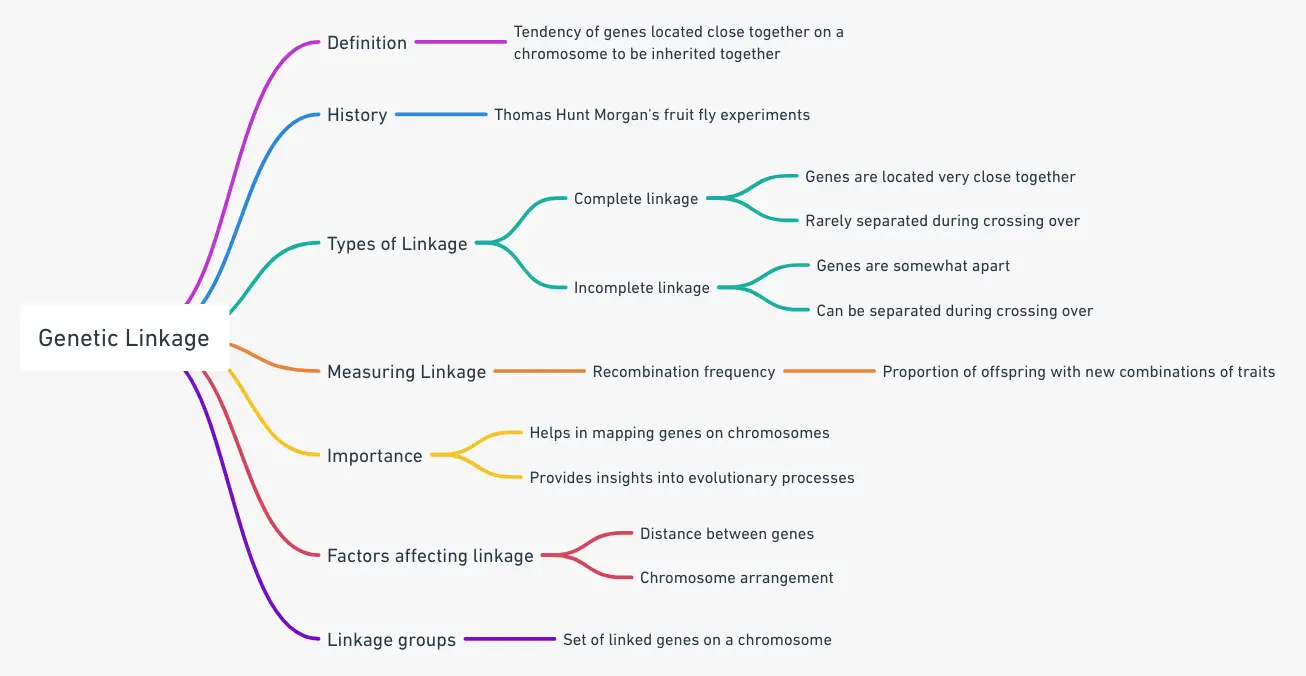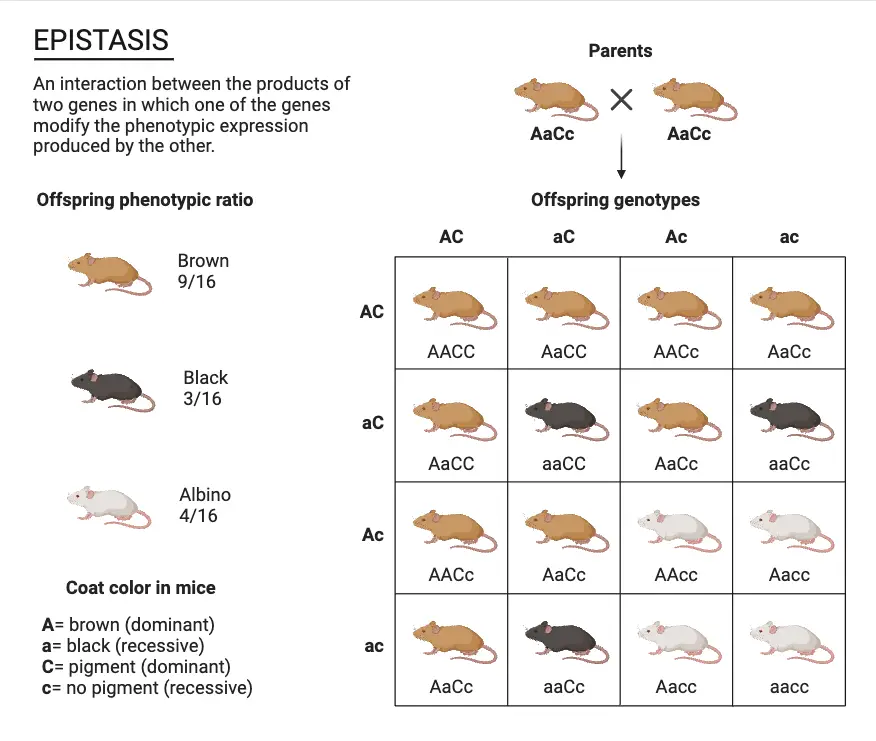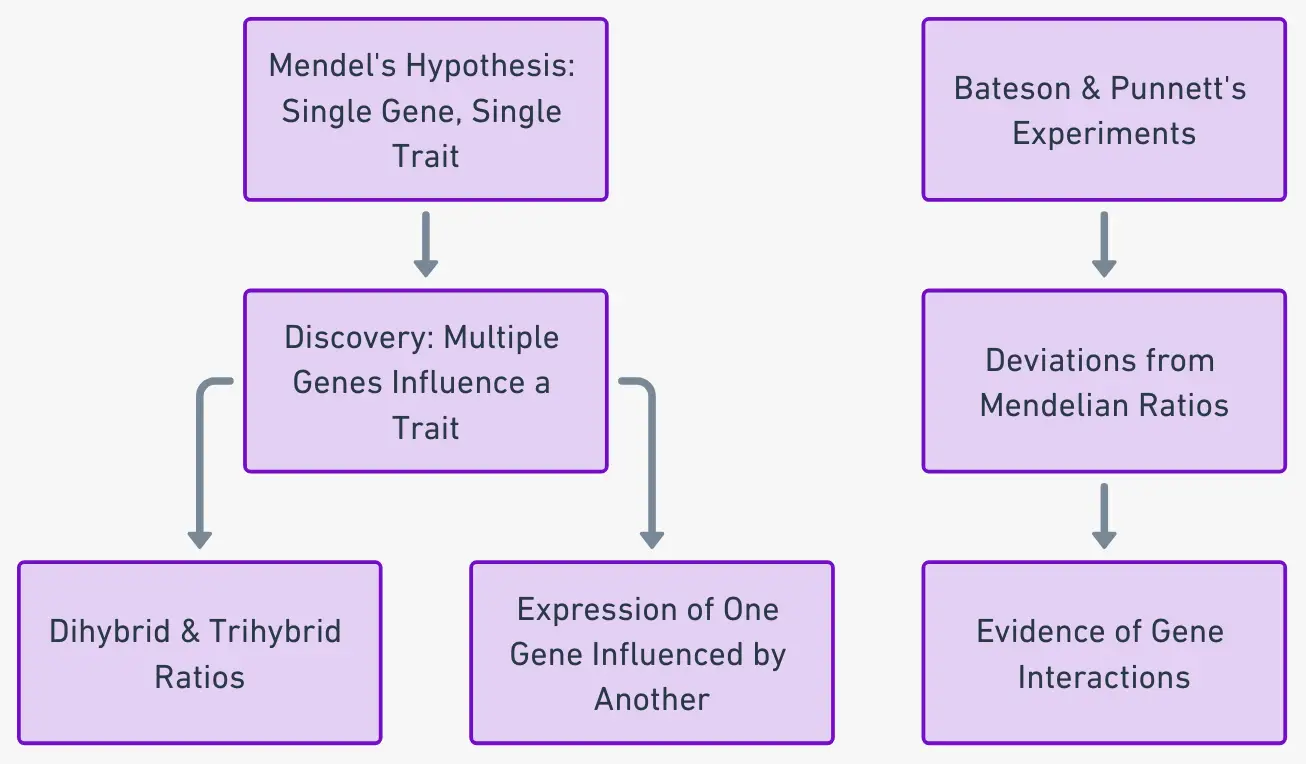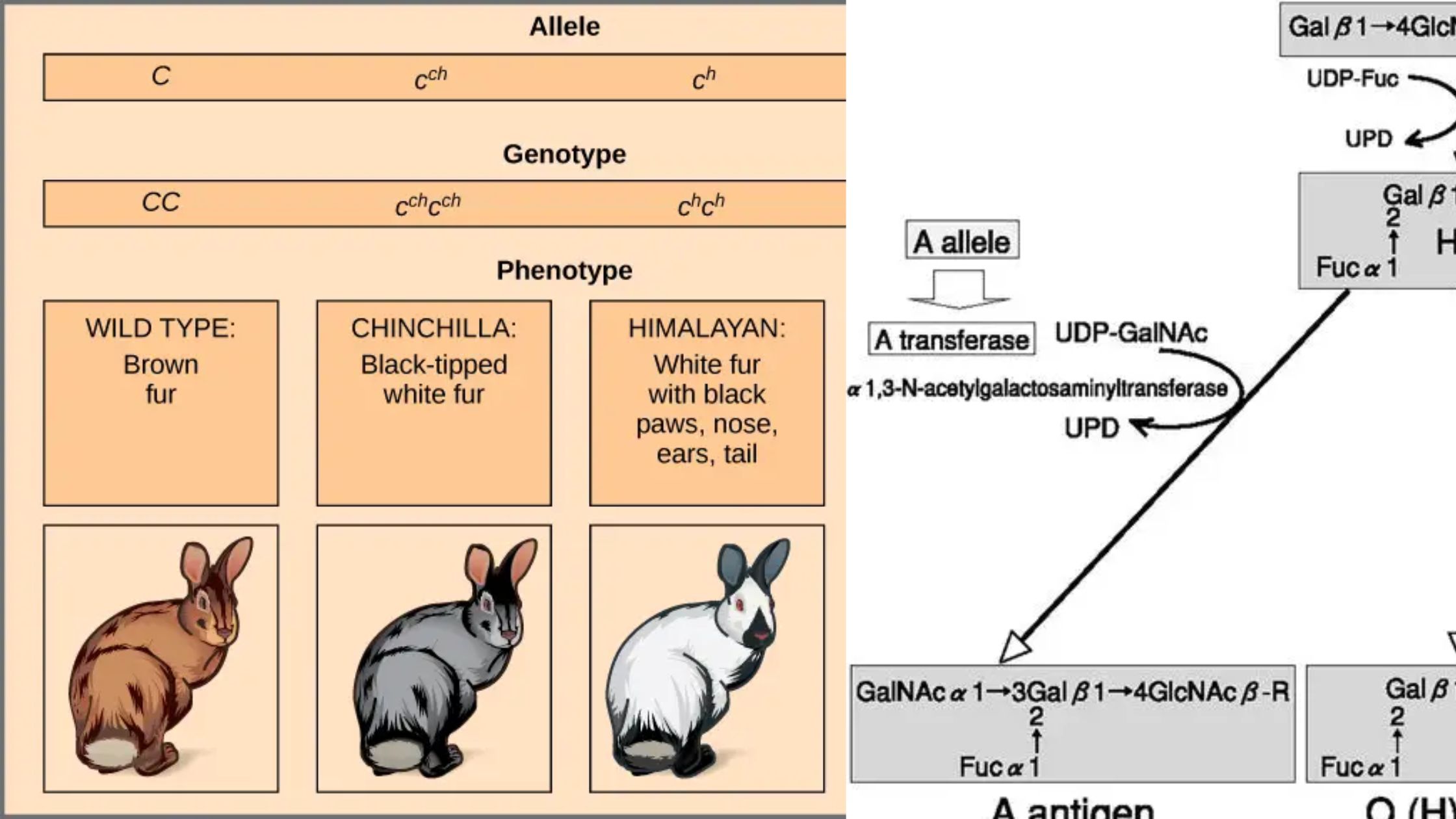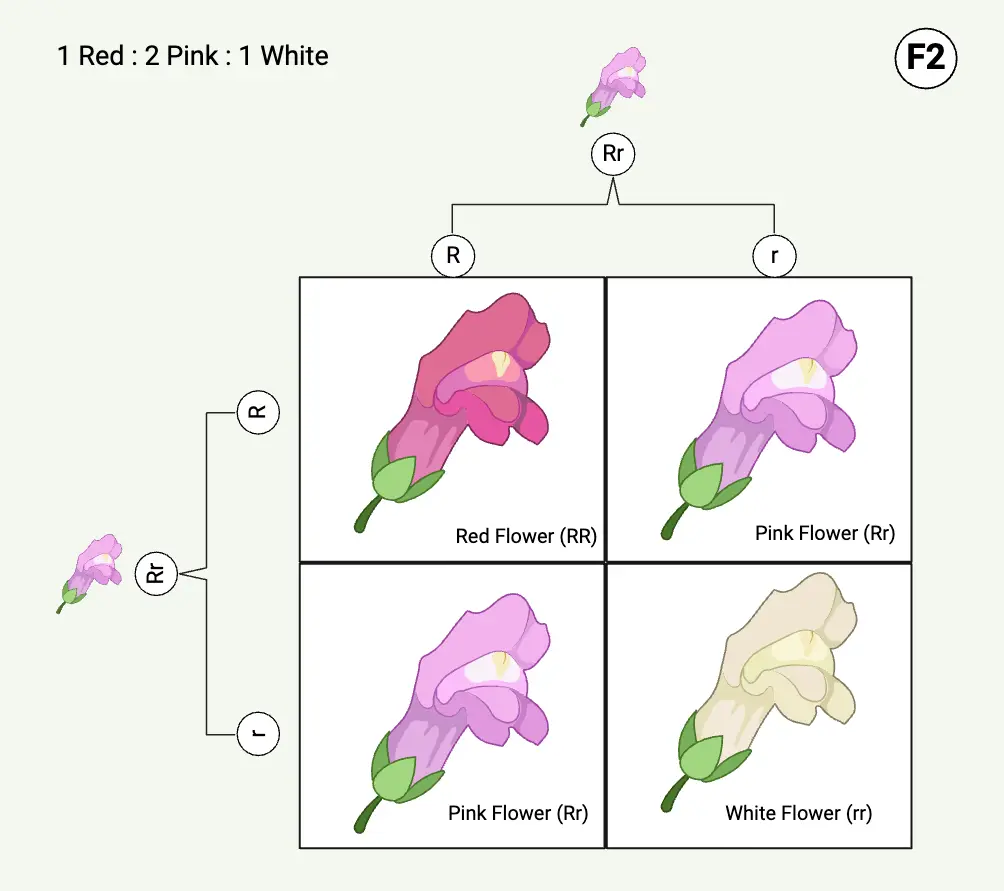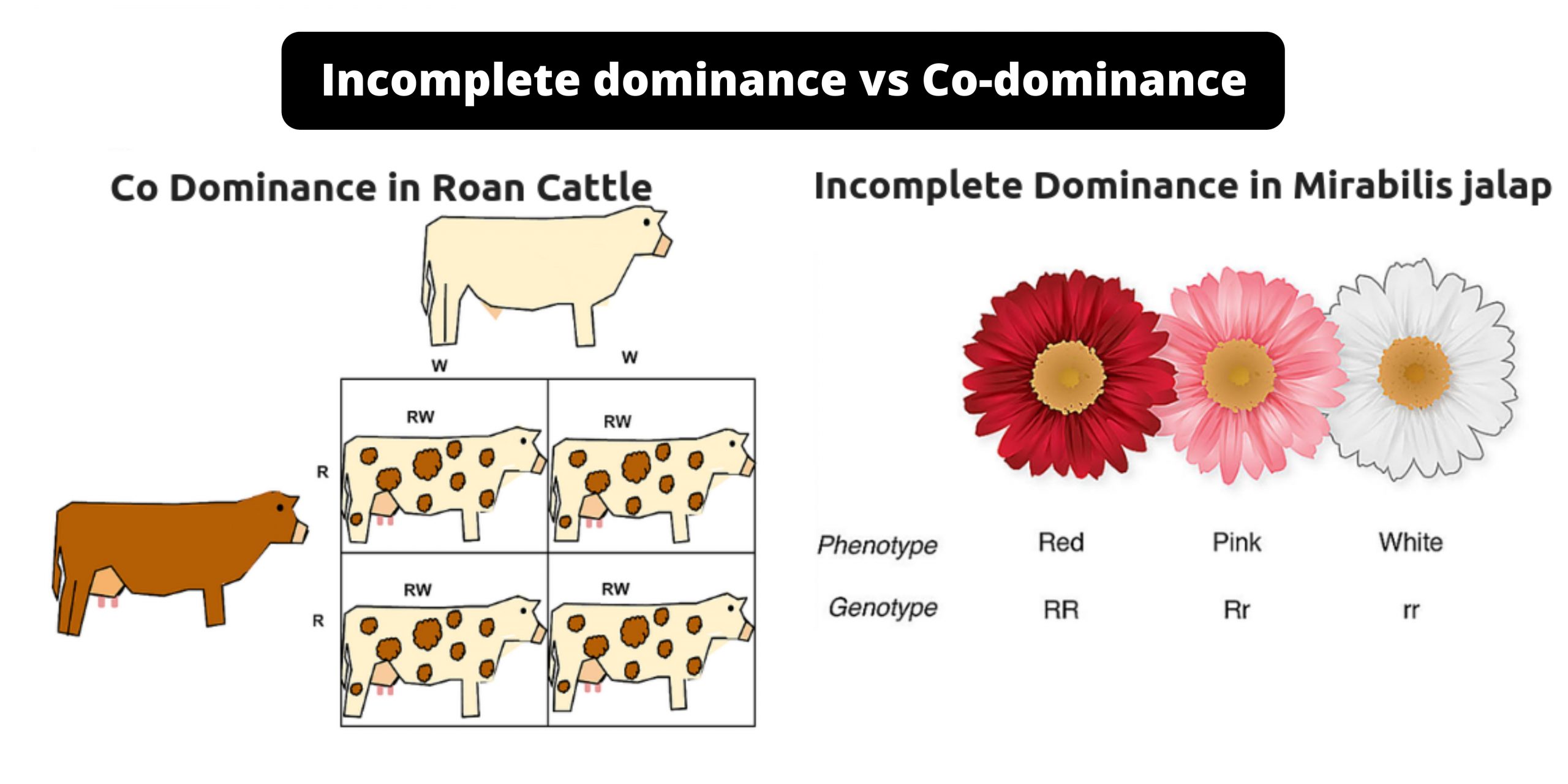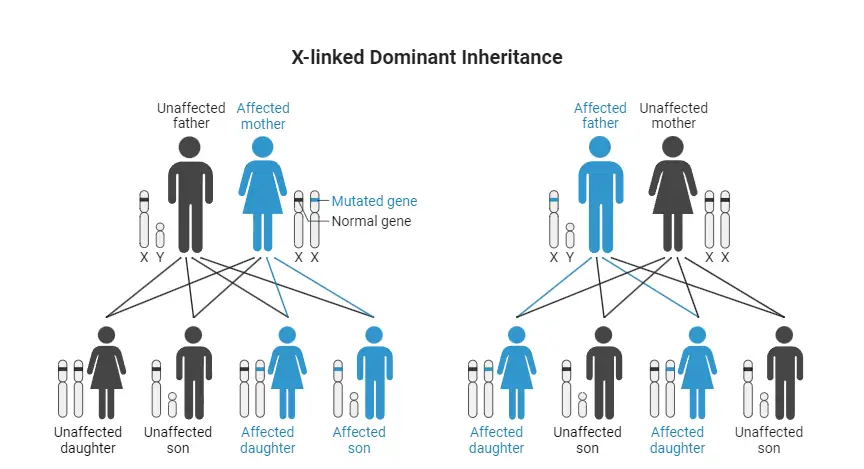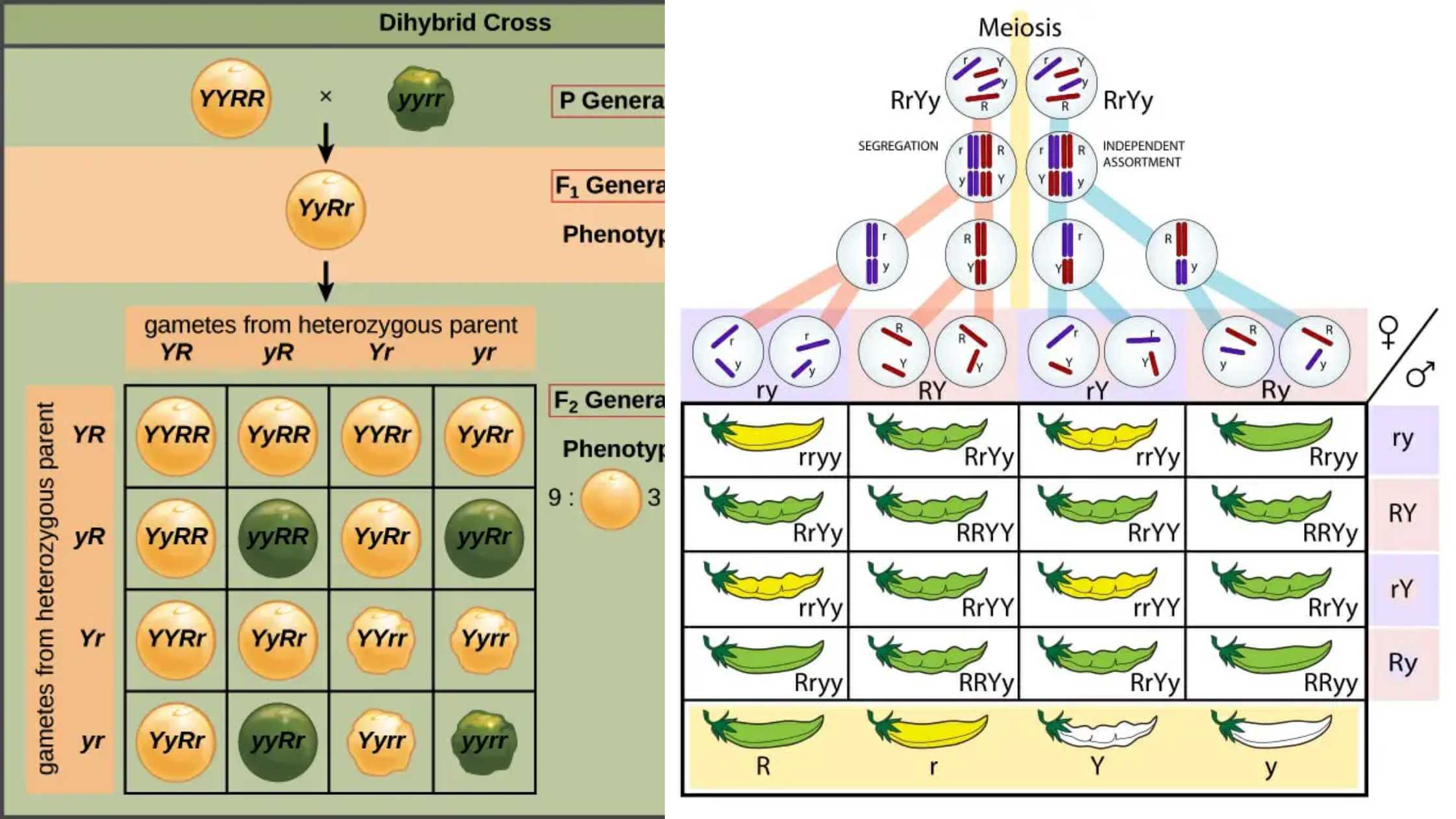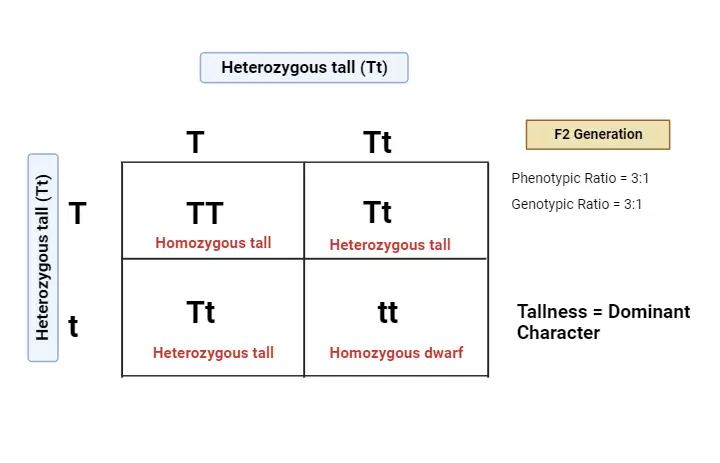Linkage – Definition, Characteristic, Types, Example, Importance
What is Linkage? Definition of Genetic Linkage Genetic linkage is the tendency for genes located on the same chromosome to be inherited together due to their physical proximity. Exploring Terms Related to Genetic Linkage Characteristic of Linked Genes Linked genes are genes that are located close together on the same chromosome and tend to be … Read more
